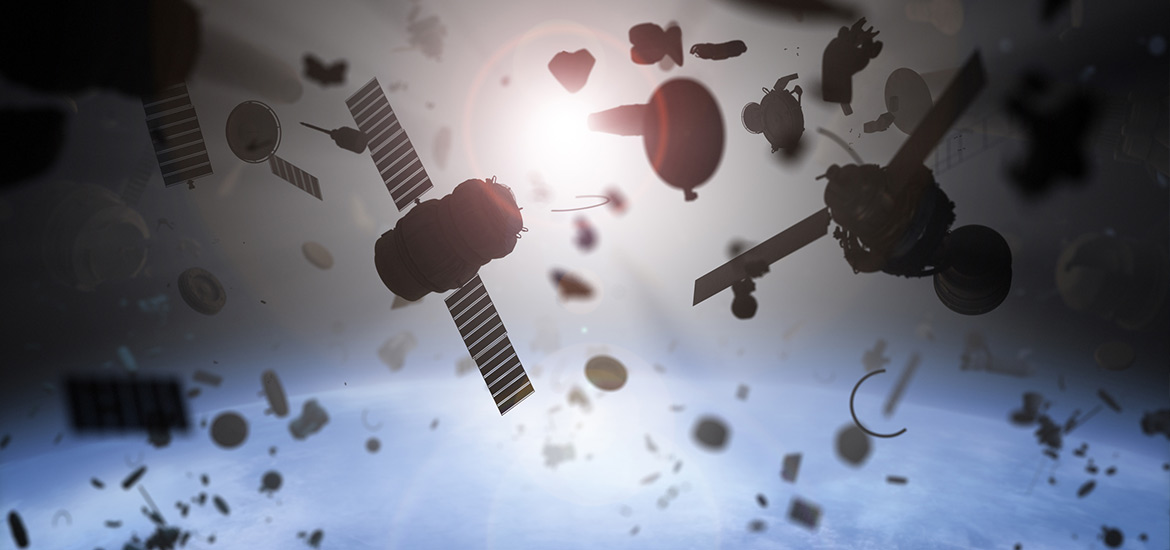Updates to NASA Procedural Requirements for Limiting Orbital Debris
April 24, 2017
2-minute read

This article was submitted by the Orbital Debris Program Office.
An update to the NASA Procedural Requirements for Limiting Orbital Debris and Evaluating the Meteoroid and Orbital Debris Environment (NPR 8715.6B) was released on February 16, 2017. NPR 8715.6B replaces the previous version, NPR 8715.6A with Change 1, which was released on May 25, 2012.
The purpose of this NASA Procedural Requirements (NPR) is to define the roles, responsibilities and requirements to ensure NASA, including its mission partners, providers, and contractors, takes steps to preserve the near-Earth space environment, in accordance with the U.S. National Space Policy and the U.S. Government Orbital Debris Mitigation Standard Practices to mitigate the risk to space missions and human life due to orbital debris and meteoroids.
Key changes from NPR 8715.6A with Change 1 to NPR 8715.6B include the following:
- Clarify the applicability of the NPR to specify that the NPR is applicable to programs and projects responsible for NASA or NASA-sponsored objects launched into space to the extent that federal authority to oversee the mitigation of orbital debris for those missions or portions thereof does not reside with another federal department or agency.
- Clarify the process for requests for relief from requirements, including the roles and responsibilities of the chief of Safety and Mission Assurance and the evaluation elements to be considered.
- Establish a process to notify the secretary of state for any noncompliance with the U.S. Government Orbital Debris Mitigation Standard Practices, as required by the 2010 U.S. National Space Policy.
- Clarify the roles and responsibilities of the Conjunction Assessment Risk Analysis team and the Human Space Flight Operations team for conjunction assessments with robotic and human spaceflight missions, respectively, and their interactions with the Joint Space Operations Center and other NASA organizations.
- Identify the responsible person for ensuring mission compliance for secondary payloads.
- Add the roles and responsibilities of the Meteoroid Environment Office; the roles and responsibilities of the NASA Orbital Debris program Office are also clearly defined in NPR 8715.6B (Section 2.1.3).
In addition to limiting the generation of orbital debris in all Earth orbits, NPR 8715.6B also states the intent to limit the generation of debris in other orbits where debris might pose a hazard to future spacecraft, including the moon or Mars, or in the vicinity of sun-Earth or Earth-moon Lagrange Points. Appropriate requirements are under development and will be included in the upcoming update to the NASA Technical Standard, NASA-STD-8719.14A, Process for Limiting Orbital Debris.
NPR 8715.6B is available at https://nodis3.gsfc.nasa.gov/displayDir.cfm?t=NPR&c=8715&s=6A and the NASA Orbital Debris Program Office’s website at https://orbitaldebris.jsc.nasa.gov.